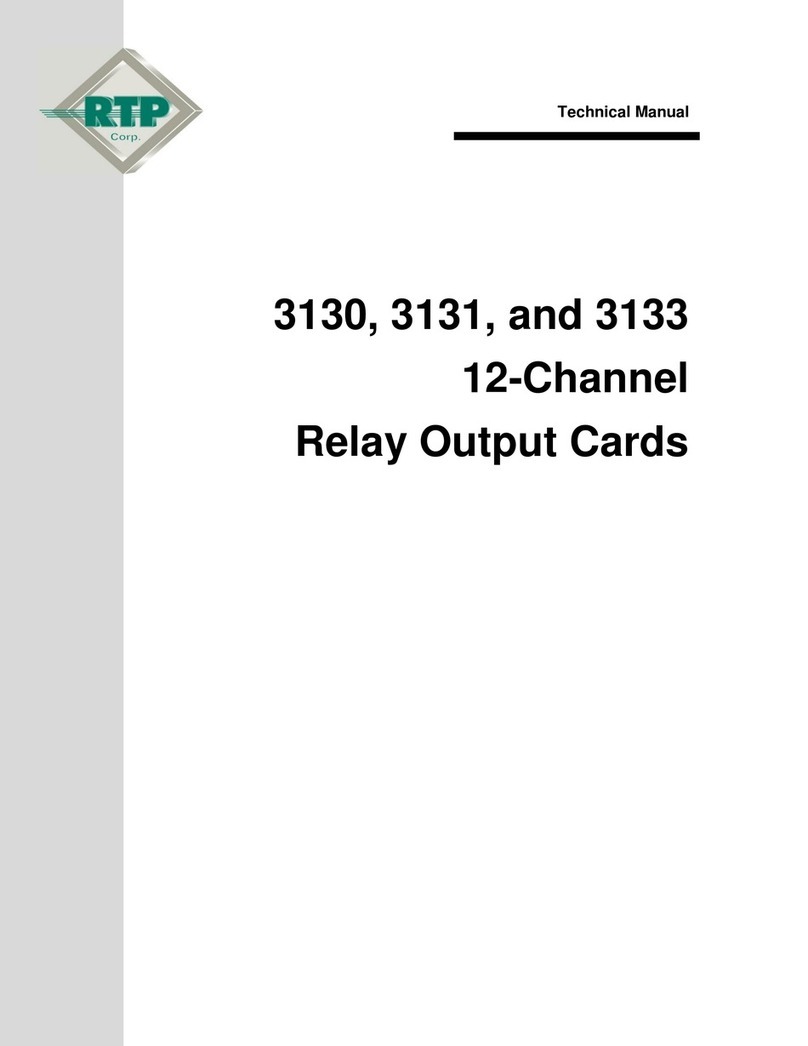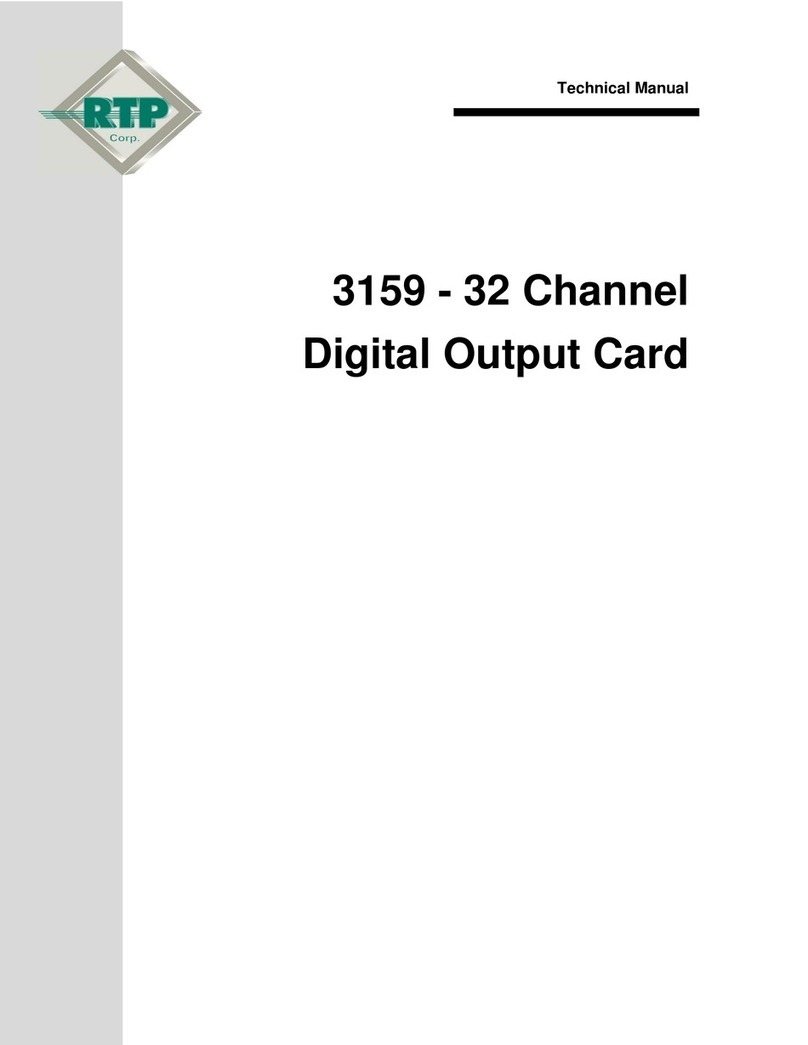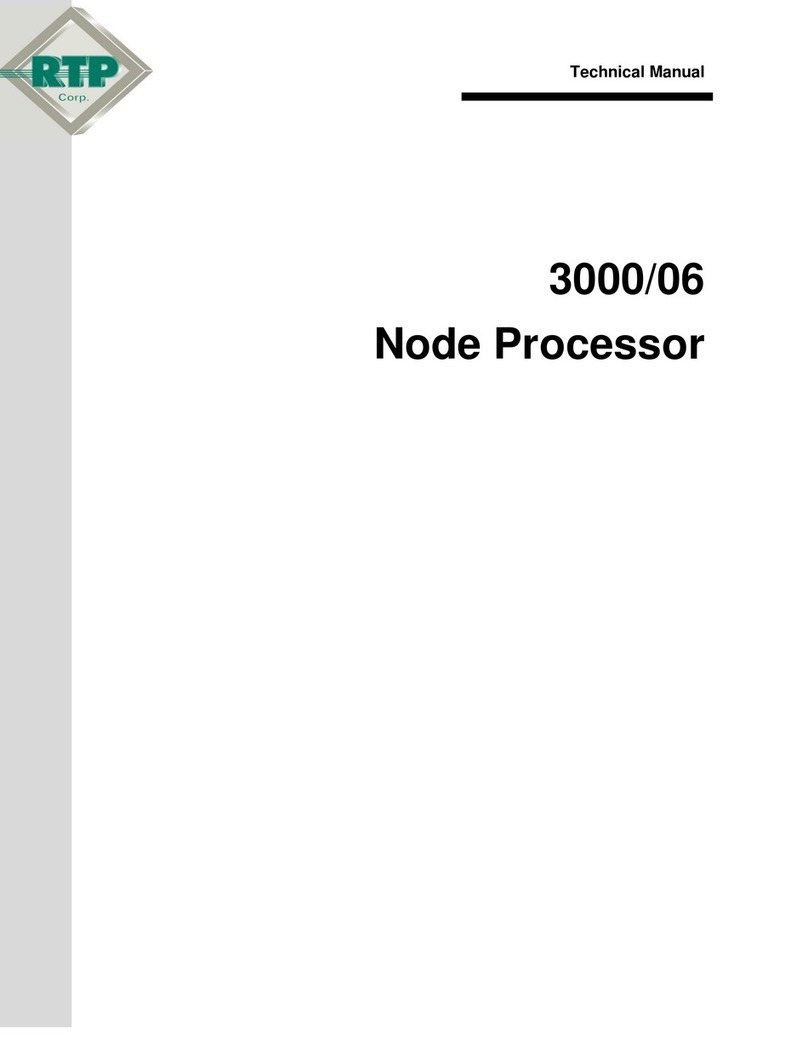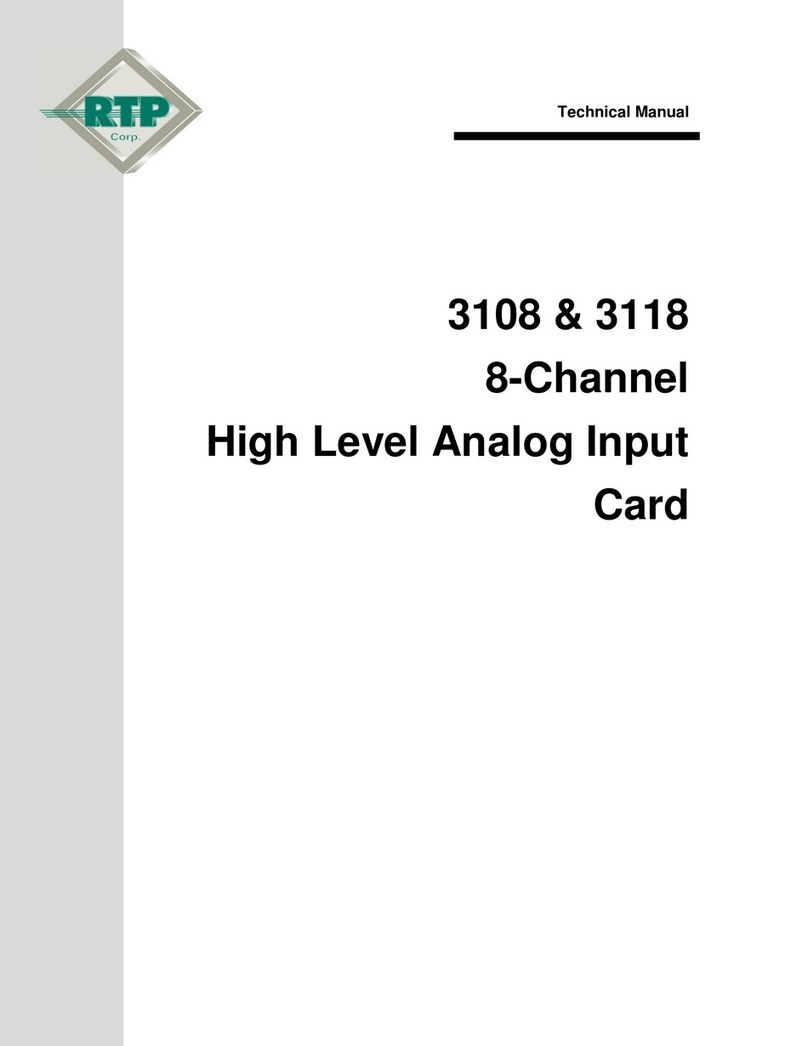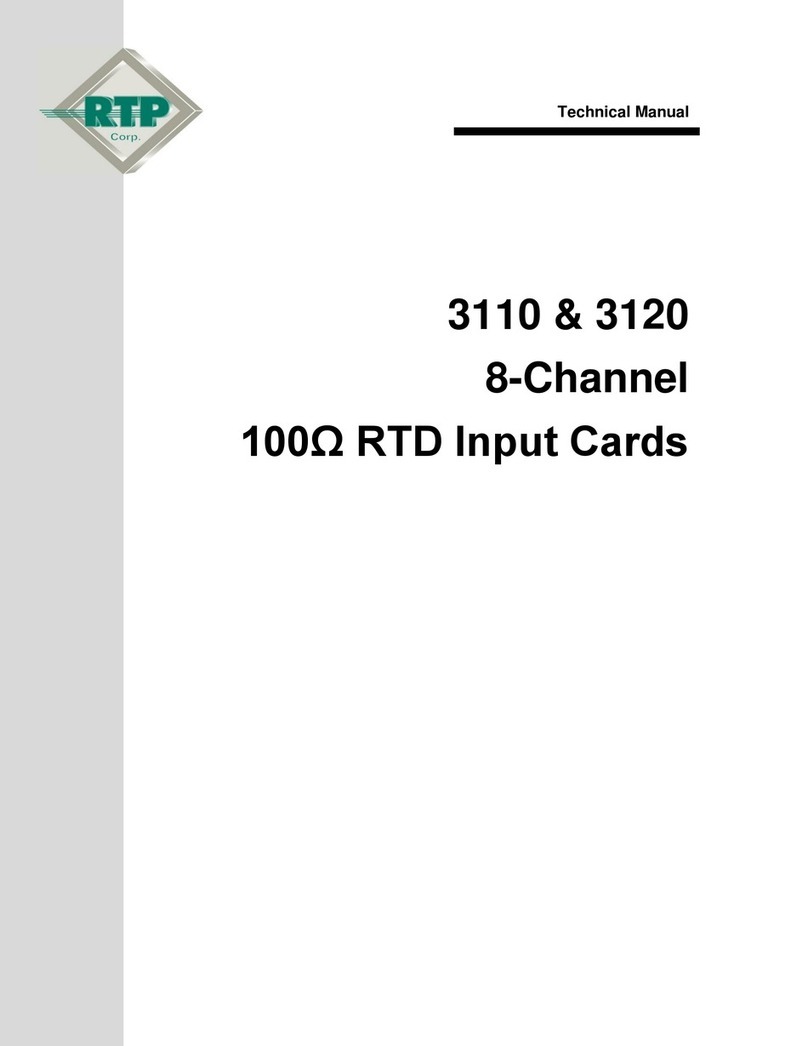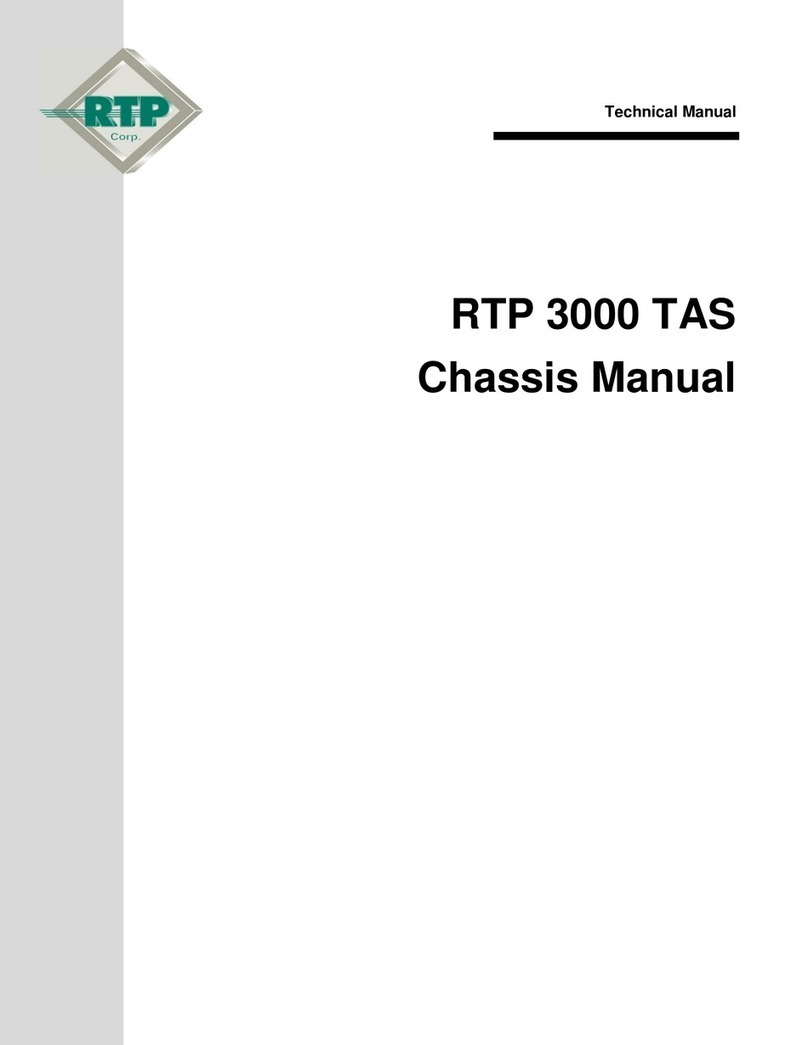
3
TABLE OF CONTENTS
INTRODUCTION........................................................................................4
SPECIFICATIONS.....................................................................................5
CABLING...................................................................................................9
REDUNDANT I/O CARDS PLACEMENT................................................14
3000 Series System with I/O Cards..............................................................14
3100 Series System with I/O Cards..............................................................14
SOFTWARE CONFIGURATION .............................................................15
PLD Upgrade...............................................................................................15
NetArrays Configuration...............................................................................17
Redundant Card ID................................................................................18
Watchdog Timer.....................................................................................18
Bool Disable Testing ..............................................................................18
Integer Error Detection...........................................................................18
Integer Channel Error Status..................................................................19
Integer Card Revision.............................................................................19
Integer Cal Date.....................................................................................19
Integer Cal Serial Number......................................................................19
Float Temperature Input.........................................................................20
Channel .................................................................................................20
I/O Tag...................................................................................................20
Readback Tag........................................................................................20
Type.......................................................................................................20
Comment...............................................................................................20
Default (3100/Non safety system only)..................................................20
Default On (3100/Non safety system only)............................................21
COMPLIANCE WITH CE MARK .............................................................22
ENVIRONMENTAL CONDITIONS ..........................................................24
REFERENCED COMPANIES..................................................................25
DEFINITIONS ..........................................................................................25






